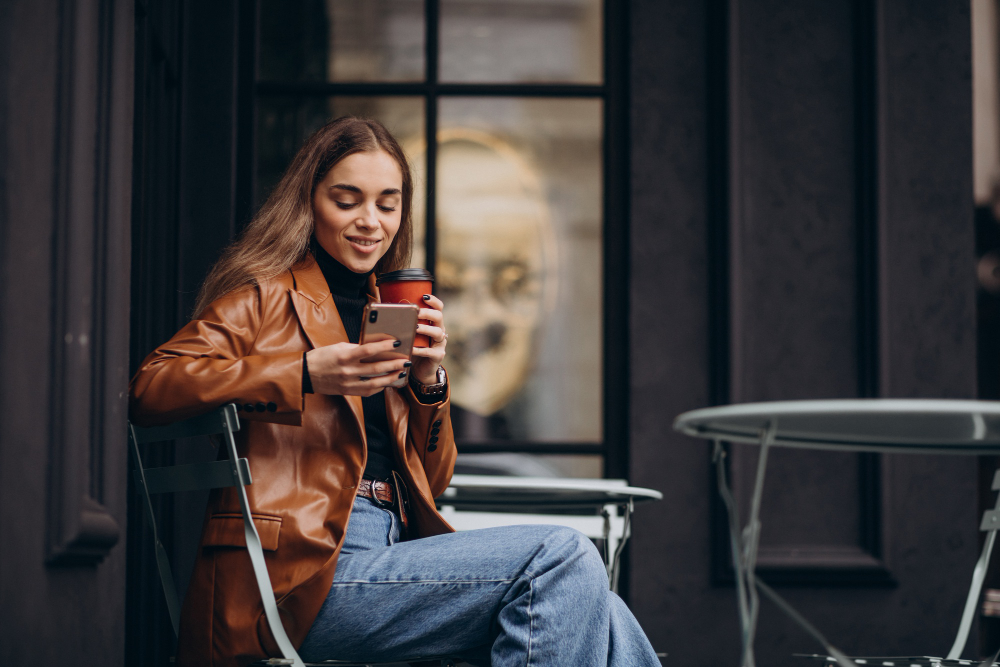Diabetic coma can arise from 3 different events: hypoglycemia, hyperglycemia, and ketoacidosis. These clinical entities must be conceived separately since their causes and treatments are very different.
Diabetic coma is a complication of diabetes that causes loss of consciousness and is potentially fatal. It should be noted that 3 variants of this clinical event are conceived: severe diabetic hypoglycemia, diabetic ketoacidosis, and hyperglycemic hyperosmolar coma.
First of all, it is necessary to remember that in diabetes, the body does not produce (or use) insulin properly, which leads to a build-up of glucose in the blood. In the world, more than 420 million diabetic patients are estimated, or what is the same, 8.8% of the planetary population.
When talking about a diabetic coma, it is essential to explore all its variants separately since the causes and symptoms can be very different. For this reason, today, we will tell you everything about each of the types and how to prevent them. Do not miss it.
1. Eat hypoglycemic
Hypoglycemic coma is a medical emergency characterized by a drastic reduction in circulating blood glucose (less than 2.8 millimoles per liter of blood). The brain consumes about 20% of metabolized glucose, so the effects of its absence translate into brain failure.
As you can imagine, a lack of brain activity leads to a loss of consciousness, also known as a coma.
What can cause a hypoglycemic coma?
People with diabetes who must take large amounts of insulin are most at risk for hypoglycemic coma. According to the Better Health portal, these are some of the possible causative agents:
- The patient takes an extra dose of insulin: Insulin decreases circulating glucose in diabetic patients. In any case, if the patient overdoses, he runs the risk of hypoglycemia.
- Exercising too much without having eaten first: glucose is necessary for muscles to obtain energy and carry out physical activities. For a healthy person, exercising without eating is a very bad idea, but if you have diabetes, the risk of something going wrong is higher.
- Drinking too much alcohol: Alcohol damages the liver, which is the main organ responsible for storing glycogen. Glycogen can be metabolized to glucose when necessary, but if the liver does not follow this process correctly due to alcoholism, hypoglycemia is promoted.
As you can see, this type of coma is due to a lack of glucose in the blood. Somewhat ironic, but likely in patients with diabetes who do not receive adequate doses of insulin.
Symptoms
The main symptom of hypoglycemic coma is loss of consciousness. However, the patient may notice that something is wrong before collapsing if they notice the following signs:
- Fatigue, weakness, disorientation, difficulty speaking and forming thoughts.
- Very intense hunger because the brain is demanding glucose from the rest of the body.
- Sweating, paleness, and heart palpitations.
- Nervousness and anxiety
- Dizziness and lightheadedness
How to avoid a hypoglycemic coma
As indicated by the Association of Diabetics of Alcala and Corredor de Henares (ADACH), an insulin overdose can be fought by consuming foods rich in carbohydrates. A sugary soda, natural juice, and candies can be used. You need to sit down and rest, always with your phone close at hand if something goes wrong.
After eating (and after waiting about 15 to 20 minutes), the patient should use the blood glucose meter to check that, indeed, the levels have risen. If this is not the case, it is time to call the emergency department.
In a person who has already fallen into a coma, the emergency department chooses to inject glucagon or dextrose intravenously. Both increase blood sugar levels.
2. Eat from diabetic ketoacidosis
Diabetic ketoacidosis is a life-threatening complication of diabetics. In many cases, in those with type 1 diabetes. As indicated by the National Library of Medicine of the United States, this results from an excessively low proportion of circulating insulin.
Lack of insulin means that cells cannot use glucose for energy. As a result, the body begins to metabolize fatty acids rapidly, resulting in ketone bodies. The drastic increase in the concentration of these bodies is what causes diabetic ketoacidosis. Ketone bodies cause the pH of the blood to become acidic.
As indicated by the National Center for Biotechnology Information ( NCBI ), this clinical entity affects 8 out of every 1,000 people with diabetes, translating into about 168,000 hospitalizations per year in the United States. In the most severe cases, ketoacidosis leads to a life-threatening coma.
What can cause a coma from diabetic ketoacidosis?
Diabetic ketoacidosis has multiple possible causes. The Mayo Clinic and other sources already cited show us some of them:
- Infections and other diseases: some diseases promote certain hormones, such as cortisol or adrenaline. Cortisol, for example, makes tissues less sensitive to insulin, thus counteracting its effect.
- Not taking insulin correctly: If the insulin pump is not working well or diabetes is not treated properly, the polypeptide hormone levels can end up being low in the circulation.
- Strokes: These events, dangerous enough in and of themselves, can trigger diabetic ketoacidosis.
Symptoms
The symptoms of diabetic ketoacidosis are relatively different from those of hypoglycemia. For example, the patient often feels extreme thirst, lethargy, frequent urination (due to excess blood glucose), abdominal pain, and a desire to vomit.
One of the most striking symptoms that indicate the danger of a diabetic coma of this type is that the patient has a fruity breath. This is a clear abnormal indicator of increased ketone bodies.
How to avoid a coma from diabetic ketoacidosis
On this occasion, emergency treatment is necessary for the hospital center, as it is not worth eating or resting. In the medical center, the patient will be given fluids and electrolytes intravenously since dehydration is very common in this condition, as we have seen previously.
To combat blood acidosis, intravenous insulin therapy is always necessary. When circulating sugar levels are adequate (less than 11.1 millimoles per liter) and the blood’s pH returns to normal, the person can leave the medical facility and continue with normal insulin therapy from home.
3. Hyperglycemic hyperosmolar coma (HHS)
95% of patients who suffer a hyperglycemic hyperosmolar coma have type 2 diabetes, as indicated by the StatPearls portal. On this occasion, there is insulin resistance in the patient’s peripheral tissue, in most cases caused by states of obesity. It is estimated that 1% of all admitted diabetics have HHS.
Diabetic coma of this type derives from an excessive presence of glucose in the blood (600 milligrams per deciliter) since insulin cannot act on this sugar so that the cells metabolize it. It is the most expected variant, taking into account the characteristics of diabetes.
HHS is relatively similar to diabetic ketoacidosis, as a deficiency in insulin action marks the beginning of both. In any case, on this occasion, the production of ketone bodies is very low.
What can cause a hyperglycemic hyperosmolar coma?
Among the events that can cause a hyperglycemic hyperosmolar coma, we find some already mentioned and new others. We enunciate them quickly:
- Forget about taking diabetes medications.
- Present obesity after being diagnosed with type 2 diabetes.
- Having an infection, such as the flu or pneumonia.
- Eating foods rich in sugars, despite having previously been advised against by a medical professional.
Symptoms
Hyperglycemia (too much glucose in the blood) causes increased thirst, stomach pain, dehydration, dry mouth, fast heartbeat, shortness of breath, and nausea and vomiting. As you may have seen, the symptoms are similar to those of diabetic ketoacidosis, but in this case, without the characteristic fruity breath.
Up to 50% of HHS patients will end up in a coma, mostly due to the aggressive dehydration caused by hyperglycemia.
How to avoid a hyperglycemic hyperosmolar coma
As with diabetic ketoacidosis, treatment should be responsible for replenishing fluids and electrolytes in the patient since dehydration appears as a secondary clinical sign after hyperglycemia. Intravenous insulin administration is also necessary until the condition returns to normal.
Diabetic coma: 3 sides of the same coin
All types of diabetic coma manifest with loss of consciousness in people with type 1 and type 2 diabetes, but the epidemiology, causes, symptoms, and treatments are different.
Above all, diabetic ketoacidosis and hypoglycemia are completely different, so they must be addressed as individual clinical events.
If you are a diabetic person and perceive a sign of hypoglycemia, it is best to keep calm, eat, rest and monitor your blood glucose levels well. If, on the other hand, you feel signs of hyperglycemia or ketoacidosis, call a medical center urgently, as there is little you can do from home.








